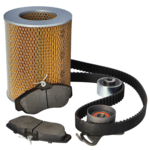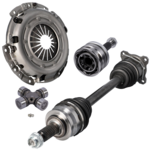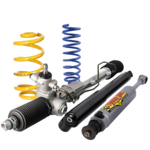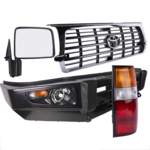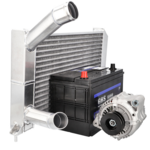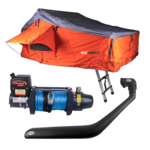In France since 2018, an MOT has been compulsory for private vehicles with a total permissible laden weight or GVWR of 3.5 tonnes or less. The test now has more inspection points and they are stricter as well as added regulations and instructions.
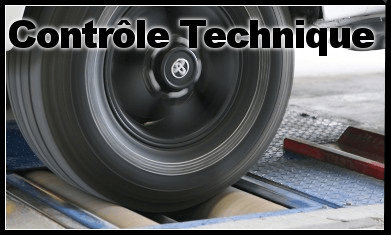
An MOT doesn't require any dismantling, its purpose is to check the condition of your vehicle, to ensure that you are driving safely and in an environmentally friendly manner.
Here are the main changes to the MOT:
- 133 vehicle points subject to inspection instead of 123 before 2018
- More than 600 faults will be checked by approved inspectors, compared with only 450 faults previously.
- The 200 faults requiring a follow-up inspection now exceed 450
- There is now a charge for a follow-up inspection
- The inspection lasts one hour, instead of the 30 to 45 minutes it used to take
The inspection points are divided into nine functions:
. Identification.
. Braking equipment.
. Steering.
. Visibility (windscreen, mirrors, etc.).
. Lights, reflective devices and electrical equipment.
. Axles, wheels, suspension.
. Chassis and chassis accessories.
. Other equipment.
. Nuisances (pollution, noise etc)
What are the control points?
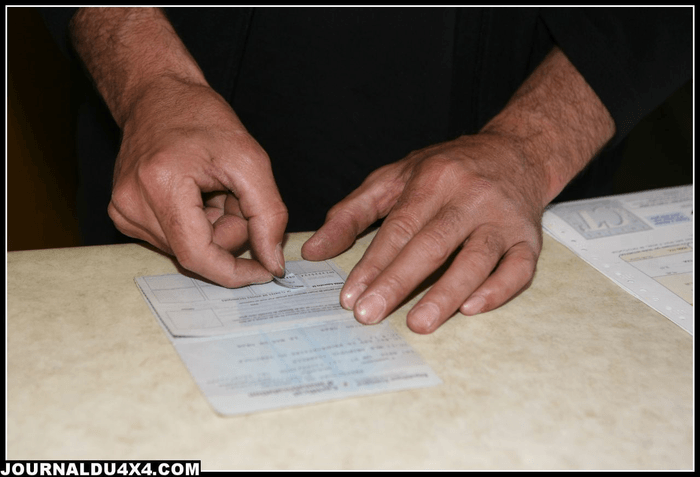
Avoid the need for a second inspection
The main reasons for failing the MOT are :
- tyres, but also shock absorbers or excessive play in the ball joints.
- Lighting and signalling: a damaged headlight or a burnt-out bulb are easy things to check before taking your vehicle in for a test.
- Braking and pollution are also frequently cited in the event of a second inspection.
Road grip
Tyres "badly damaged, nicked or incorrectly fitted", are often overlooked even though they are the only point of contact between your vehicle and the ground. So remember to check their condition and pressure regularly.
The various suspension components should be checked, and above all, there should be no leaks from worn or torn shock absorbers and silent blocks.
The ball joints also undergo a very important check, as they are important to your safety.
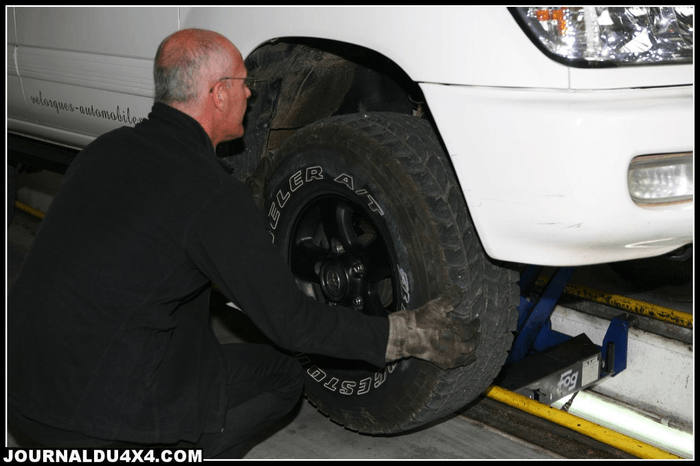
Related articles
Lighting
Lighting means being seen in complete safety. All lighting systems must be in working order, including dipped and main beam headlights, position and indicator lights (front and rear), brake lights including the third light, side and rear reflectors and indicator lights on the dashboard.
Related articles:
Braking
Above all, it is the most important safety device. For this reason, brake pads, discs, drums and hoses must not show any significant wear or malfunction. Imbalances are also checked, as is the parking brake.
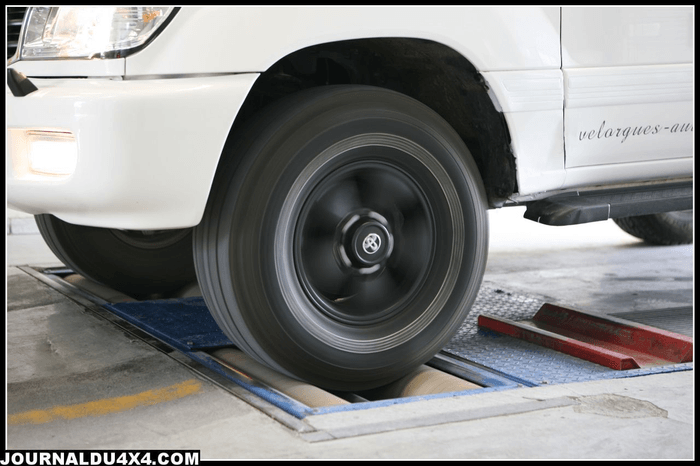
Related articles
And finally:
The exhaust system: noise level and pollution will be checked.
Condition, attachment and operation of interior and exterior mirrors.
Front and rear wiper blades in good working order, etc.

Find the parts to suit your vehicle:
Do it yourself, you'll be even prouder! To help you out, Euro4x4parts shares its know-how and expertise in mechanics through 4X4XPERT: new products, technical sheets, and personalized tutorials... You've got the keys!
And because we also learn from your experiences, your feedback is essential. Let us know your thoughts and suggestions by email: 4x4xpert@euro4x4parts.com
Check out our complete catalogue of 4x4 parts and accessories!
All the photos in our articles are taken on authorized roads or tracks, private land, or during supervised competitions. Let's all do our part to preserve the environment!
Please note: Euro4x4parts publishes this information to help its customers, but cannot be held responsible for the advice given here and their consequences when used.








